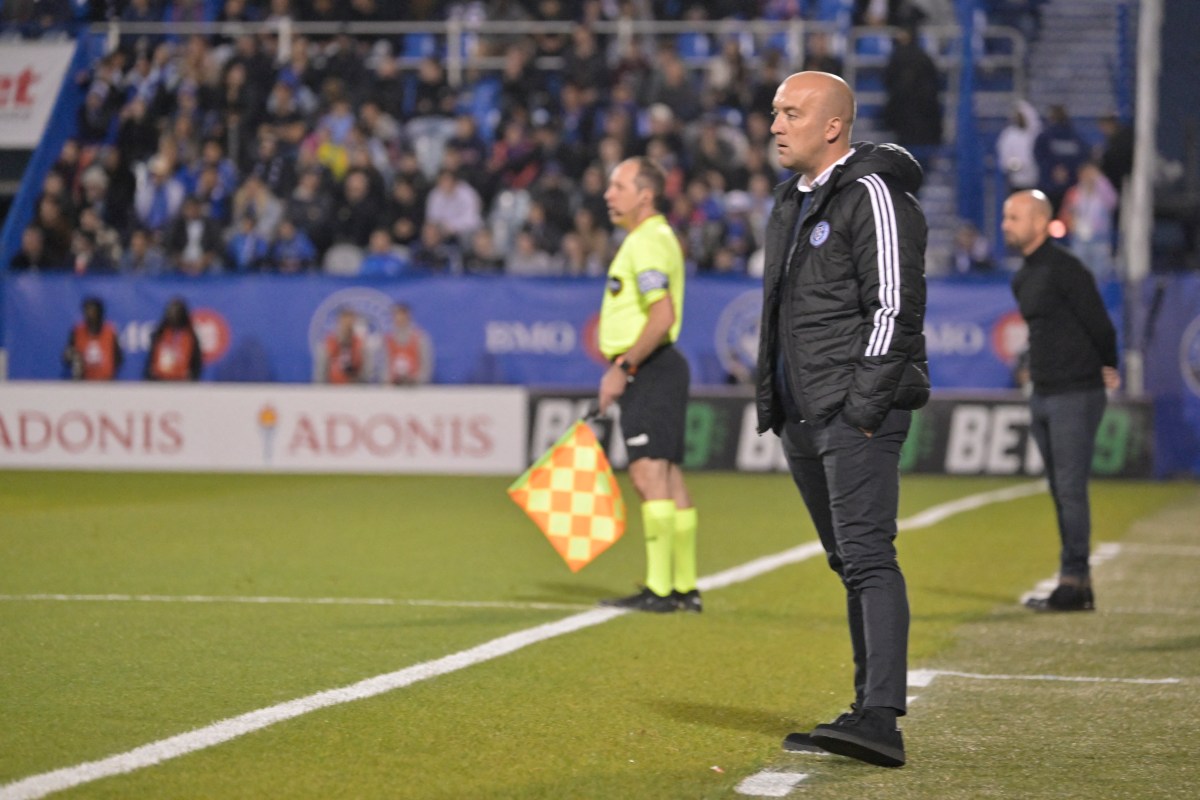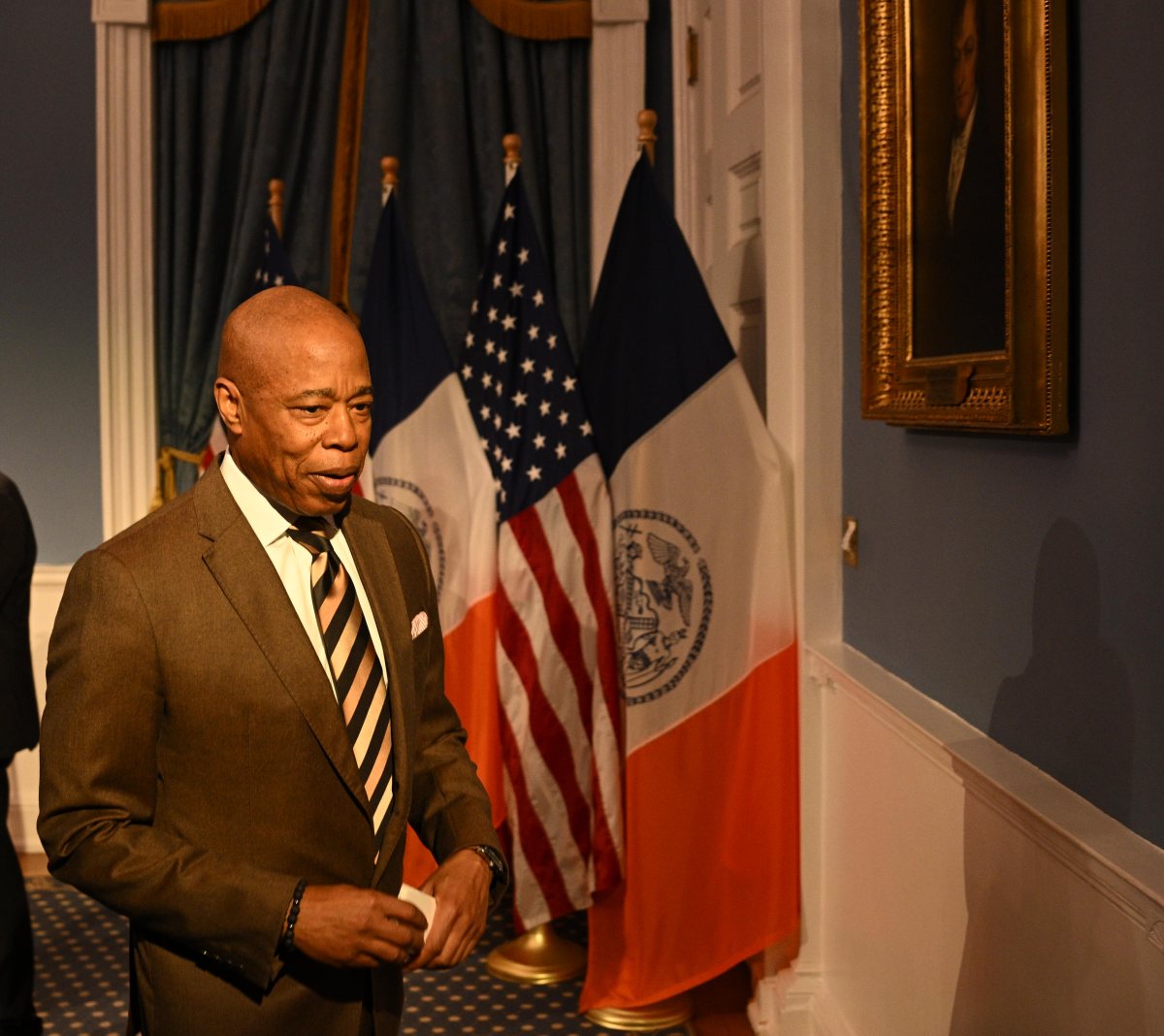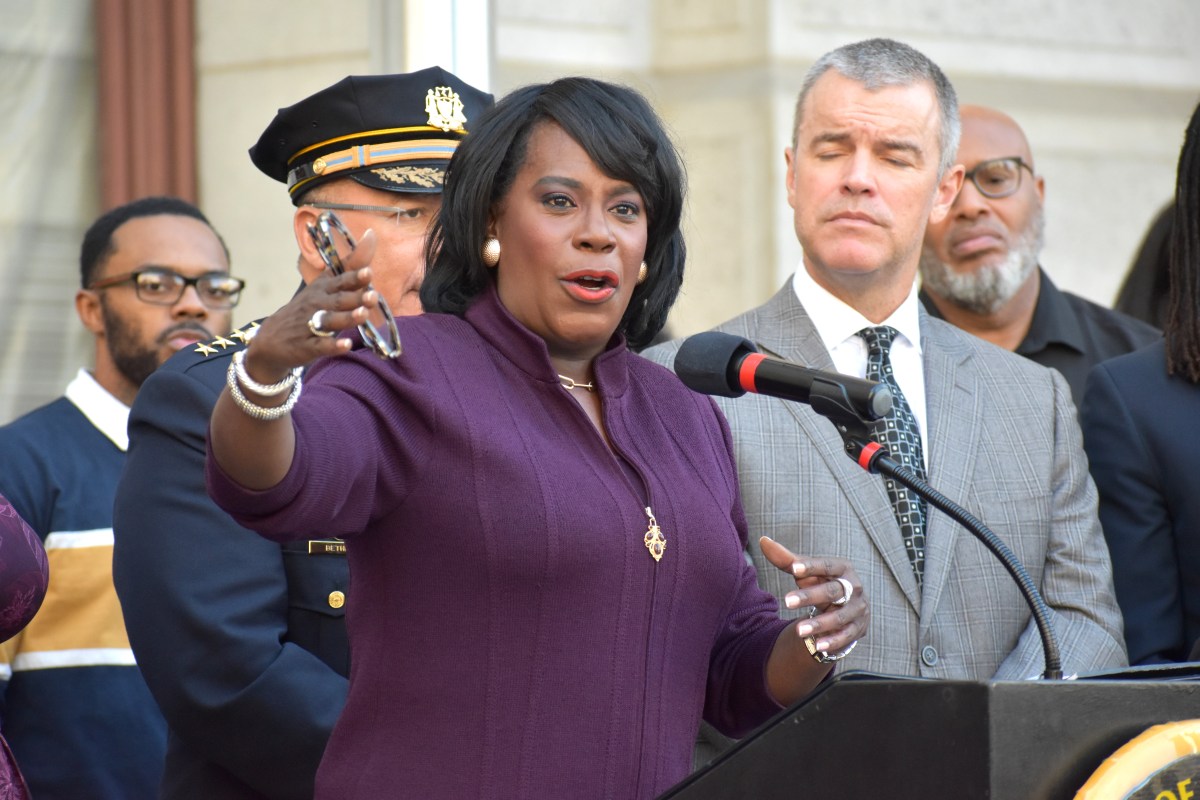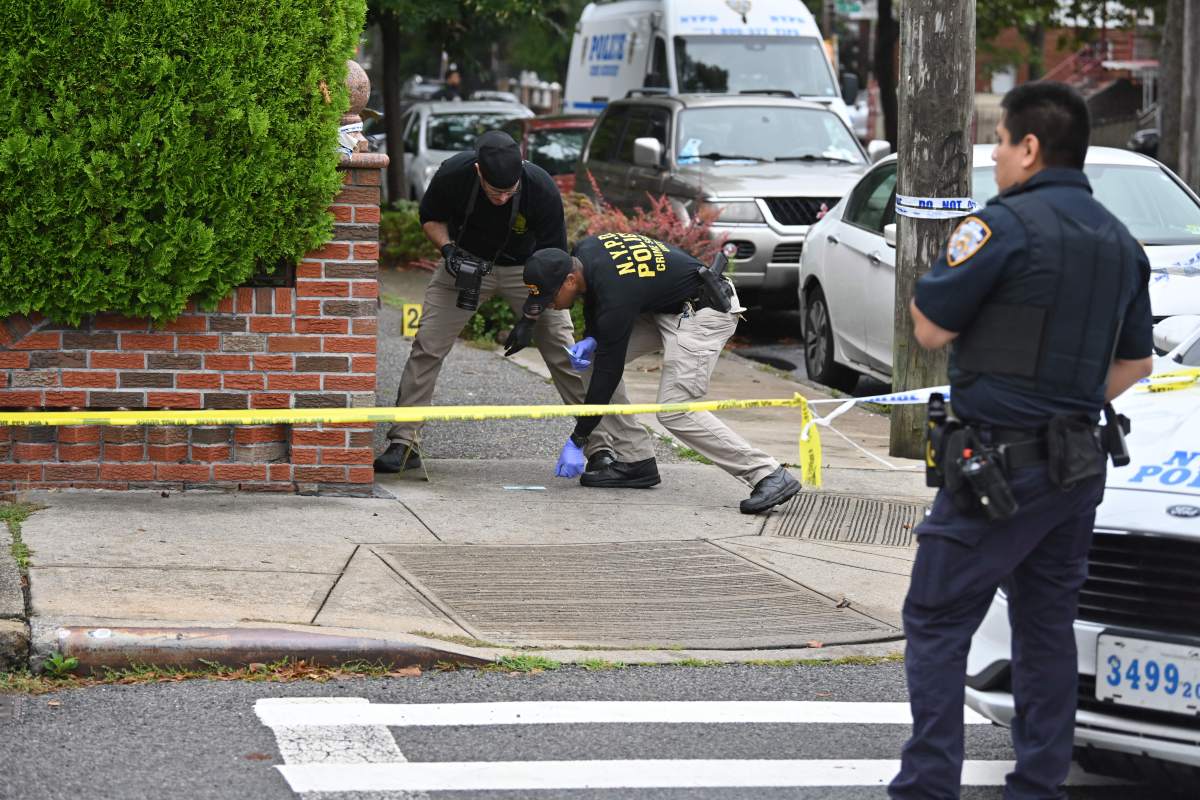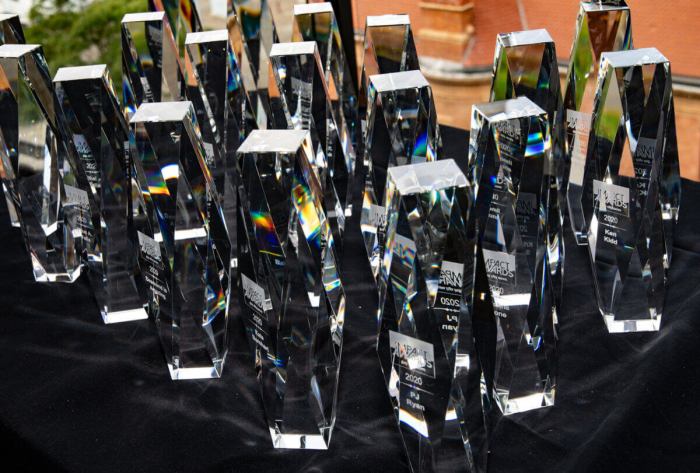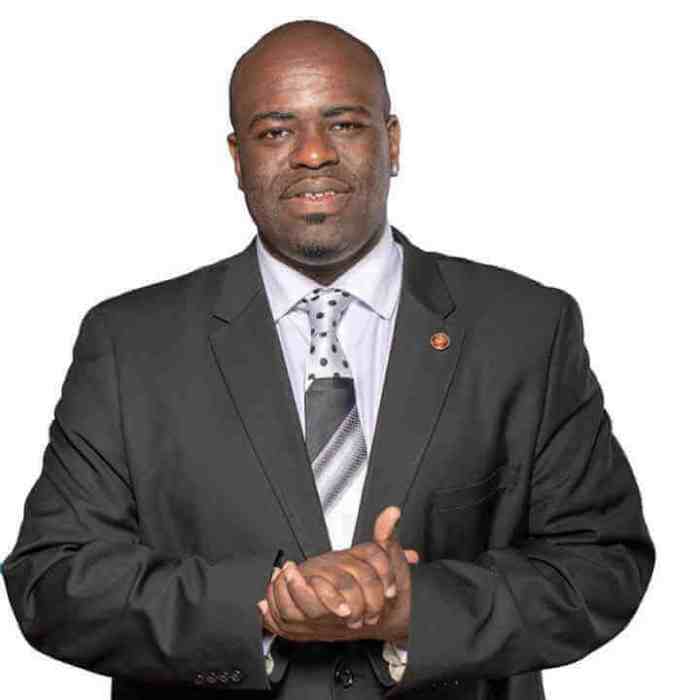LOS ANGELES (AP) — After a historically wet winter and a cloudy spring, California’s summer was in full swing Thursday as a heat wave that’s been scorching much of the U.S. Southwest brings triple-digit temperatures and an increased risk of wildfires.
Blistering conditions will build Friday and throughout the weekend in the central and southern parts of the state, where many residents should prepare for the hottest weather of the year, the National Weather Service warned.
Midday highs were mostly expected to be above 100 degrees (37.7 C), and desert areas could reach 120 (48.8 C), forecasters said. Little relief was expected overnight, when temperatures could remain in the 80s (above 26.6 C). Excessive heat warnings and watches were posted or set to take effect for much of the state through the weekend.
“Please plan accordingly, this is not the time to be hiking or be outside for long durations,” the weather service’s Los Angeles office said on Twitter. “If you need to work outside, shift hours to the early morning, take frequent breaks and hydrate!”
Employers were reminded to adhere to regulations that require outdoor workers are given water, shade and regular breaks to cool off. The state will be performing spot checks at work sites to make sure the rules are being followed, said Jeff Killip with the Division of Occupational Safety & Health.
Across the U.S., more than 113 million people were under extreme heat advisories, watches and warnings, mostly in the Southwest, the National Weather Service reported Wednesday.
Forecasters said the long-duration heat wave is extremely dangerous, especially for older people, homeless residents and other vulnerable populations. The heat could persist into next week as a high pressure dome moves west from Texas. In Arizona, temperatures have hit 110 degrees (43.3 C) for more than a dozen consecutive days.
“Please do not underestimate the excessively hot temperatures coming up this weekend,” the weather service’s Phoenix office tweeted. Forecasters noted that the overnight low early Thursday was 96 degrees (35.5 Celsius), not allowing people to cool off and recover.
While there are some 200 cooling and hydration centers operated at libraries, community centers, churches and other public spaces across metro Phoenix, most close anywhere between 4 p.m. and 7 p.m., leaving people with few options for cooling at night.
In Texas, the state’s primary power provider said Thursday it had enough power to meet current demand. The Electric Reliability Council of Texas predicted that demand would top 84,000 megawatts in the afternoon, breaking a record of just more than 82,000 megawatts set in late June. The power provider, which saw its grid fail during a deadly February 2021 storm, reported having more than 6,200 megawatts in reserve.
Horse racing events were canceled at the California State Fair near Sacramento over concerns for animal safety. Officials urged fairgoers to bring handheld misting fans and take advantage of cooling stations and air-conditioned exhibits.
Meanwhile, California’s wildfire season is ramping up amid the hot, dry conditions with a series of blazes erupting across the state this week, said Wade Crowfoot, secretary of the Natural Resources Agency.
“As we get deeper into the summer and vegetation that grew up during the wet spring dries out, we are seeing an uptick in wildfire activity,” Crowfoot said Wednesday during a state media briefing.
Crowfoot said global climate change is “supercharging” heat waves. California has instituted a $400 million extreme heat action plan to protect workers, help vulnerable communities and assist local communities in opening cooling centers.
The plan, announced last year as an update to state recommendations made a decade earlier, has a broad range of near- and long-term goals. Elements include raising public awareness, statewide public health monitoring to identify heat illness events early on, and developing codes and regulations to protect everything from schools to water supplies.
Officials said California’s power system, which was strained to the point of widespread blackouts in recent years, has been fortified and should be able to withstand the latest heat wave. The California Independent System Operator, which runs the electricity grid, said battery storage capacity reached 5,600 megawatts July 1 — enough to power more than 3.8 million homes for up to four hours before recharging.
“The batteries being added to the grid are charged during the day, when solar power is abundant, and dispatched primarily in the evening hours when demand is still high and the sun is setting and solar capacity diminishing,” Cal ISO said in a statement.
Amid the focus on heat dangers, UCLA climate scientist Daniel Swain noted that rivers swollen from the melting of last winter’s epic Sierra Nevada snowpack remain dangerous.
“There is still snow to melt at the highest elevations, and it really is going to start to melt very fast … during this heat wave,” Swain said during a briefing.
“Be aware that the water will still be icy cold despite how hot the air will be and could be flowing very fast, much faster than usual for mid-July,” he said.
Associated Press writers Anita Snow in Phoenix, Ken Miller in Oklahoma City and John Antczak in Los Angeles contributed to this report.







